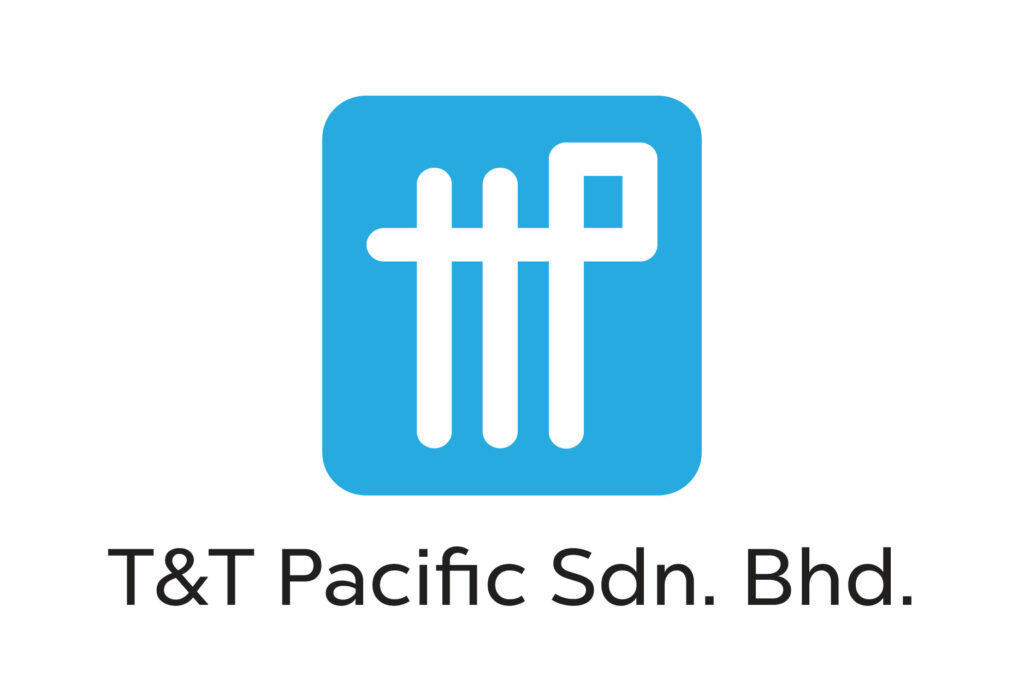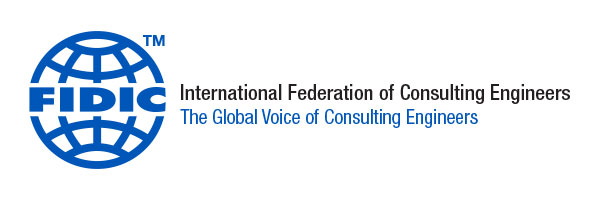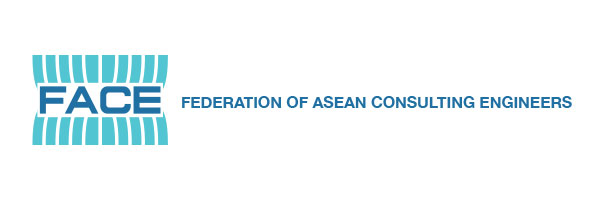By: Ir. Dr. N. Jayaseelan
HND(Mechanical), BEng(Mechanical), MEng, DEng, FIEM, PEng, MACEM
Perunding WENCO Sdn. Bhd.
Introduction
ACEM was appointed by the BEM to conduct the Professional Assessment Examination (PAE) for eligible applicants in 2023. The PAE was pioneered by the Institution of Engineers, Malaysia decades ago with IEM coming up with their own assessment method, namely the Professional Interview (PI). Many of us would have gone through one of these methods of assessment when we applied for professional registration with the BEM or for corporate membership with the IEM. ACEM was appointed by the BEM due to the enormous number of applications received by the BEM and also for the expertise we possess. Apart from the IEM, the Malaysian Society for Engineering & Technology (MySET) also conducts the PAE.
Routes To Professional Registration
There are two routes for professional registration with the BEM, namely routes A and B. However, ACEMs involvement is strictly restricted to Route A. In this route, a registered Graduate Engineer is only eligible to appear for the PAE after he/she has obtained three (3) years of practical experience and has fulfilled all requirements of the Registration of Engineers Act, 1967 and the Registration of Engineers Regulation, 1990 (incorporating amendments up to 2015).
Route A of the PAE comprises a 15-minute presentation by the applicant with 8 PowerPoint slides. This will be followed by a Q&A session by the examination panel. This panel will comprise a principal examiner, who is an ACEM member. The second examiner will be appointed by the principal examiner from the list of examiners available from the Secretariat. Both examiners need to have successfully completed the 1-day PAE Workshop for examiners conducted by BEM and of the same discipline as the applicant.
The Documentation
The documentation which the examiners should receive from the secretariat (vide BEM), should include, amongst others:
• The application form for the PAE (Rev.no.2 – Date 9.4.2019)
• Form PAE2 – The PAE declaration form (Rev.no.1 – Date 27.03.2017)
• Appendix – PAE1 (E&Q 17.06.2022)
• The statement on the Competency Areas and Elements (E&Q 17.06.2022), and
• A letter from the current employer confirming the applicants’ statement of practical experience.
The Assessment
The assessment method comprises 2 Parts, which are known as Parts 1 and 2. Part 1 comprises Parts 1(a) and 1(b). Part 2 is the written paper on the Professional Code of Conduct.
The PAE process will commence with the examiners receiving the applicants’ documentation from the Secretariat. The examiners will start assessing Part 1(A) for compliance with the 4 competency areas, namely A, B, C and D (BEMs Form refers). These 4 areas comprise a total of 12 elements. In the event the examiners find that the applicant has not met the minimal requirements, then they will request for supporting evidence.
Alternatively, they can assess the level of compliance during the said oral presentation / Q&A session. If the applicant still fails to satisfy the examiners, then the applicant has failed in Section 1.
The applicant will then commence to write Part 2, which comprises Competency Area E. This area contains 5 elements. Whilst writing Part 2, the examiners will deliberate to decide on the applicants’ fate for Part 1. In the event the candidate has passed Part 1(A) but failed in the oral presentation, he/she will be given another opportunity to demonstrate his/her competence vide a written technical essay. The examiners will therefore need to come prepared with 2 questions for this purpose. The candidate will have to choose one.
If he/she has failed Part 1(a), which is an assessment of the 4 Competency Areas, then the applicant has failed the entire Part 1 and will have to re-sit at a later date.
If he/she has passed Part 1(a) but failed in Part 1(b) -The Professional Interview (15-minute presentation), then he/she will have to write the technical essay.
If he/she has failed Part 2, which is an assessment of Competency Area E (Code of Professional Conduct, then the applicant will have to re-sit at a later date.
Findings
Writing is a very important skill which was taught to us during the entire education process. It is strongly recommended that proposers and seconders of potential candidates vet them thoroughly on their attainment in all competency areas/elements, their writing and presentation skills. The candidates’ attitude and first impression given to the examiners is very important.
Recommendation
The approach to this outcome-based assessment methodology should be fine-tuned from time to time by all those concerned.
Concluding Remarks
This is the first part of the outcome-based PAE. The second part follows after we have collated sufficient statistics. After all, we are engineers and therefore need to be evidence-based and date driven.







